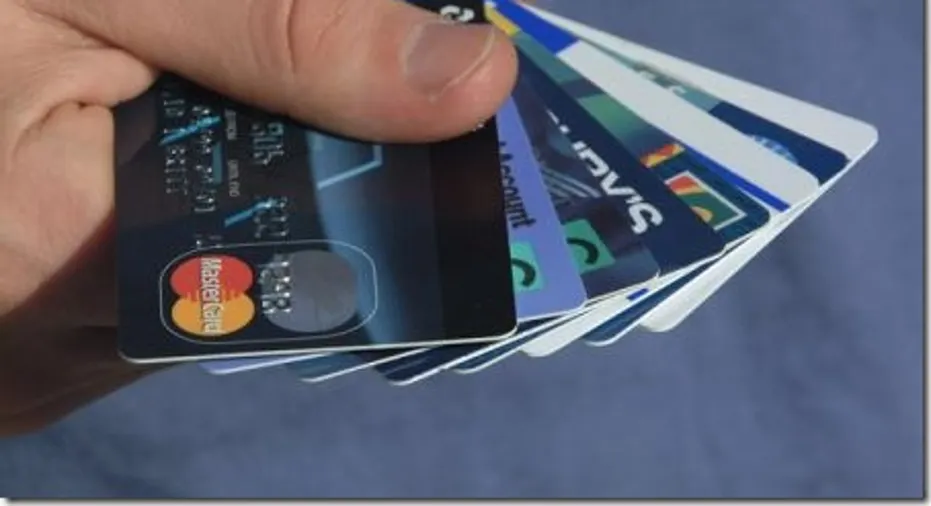How can you eliminate credit card balances without feeling overwhelmed? It starts with the right strategies and consistent action. Let’s explore practical steps to achieve financial freedom and pay off credit card balances faster.
Understand Your Debt Situation
Paying off your credit card starts with understanding how much you owe. By reviewing your total balance, interest rates, and minimum payment requirements, you can create an effective strategy to tackle your debt. Carefully analyzing your credit card statements will give you a clear picture of your financial standing and guide your repayment plan.
Using tools like a financial calculator or a repayment schedule can help estimate how long it will take to eliminate the balance. For instance, a dedicated tool for calculating credit card payoffs can simplify the process. With this knowledge, you can prioritize payments and decide which strategy to use for faster results.
Reduce Expenses to Free Up Extra Cash
Freeing up extra money to put toward credit cards is essential for faster repayment. Evaluating spending habits and cutting back on non-essential expenses can create more room in the budget. Small changes, like eating out less often or canceling unused subscriptions, can add up quickly.
Redirecting this extra cash toward balances helps clear debts more efficiently. It’s also helpful to set a specific monthly goal for additional payments. By staying mindful of spending and focusing on saving, more funds can be allocated to reducing outstanding amounts. These small but consistent adjustments make a significant difference over time.
Benefits of Paying More Than the Minimum
Paying only the minimum amount due on a credit card can keep you in debt for years due to accumulating interest. Making extra payments is one of the fastest ways to tackle your balances.
Here are the advantages of paying higher than the minimum:
- Reduce overall interest paid: Extra payments lower the balance faster, decreasing the total interest charged.
- Pay off balances quicker: Higher payments mean fewer months or years spent repaying what’s owed.
- Improve credit utilization ratio: A lower balance positively impacts your credit score.
- Achieve financial freedom sooner: Clearing balances opens up opportunities for other financial goals.
- Build better money habits: Regular extra payments encourage disciplined spending practices.
These advantages make overpaying a valuable strategy for managing outstanding balances. Even small additional payments can make a significant difference in the long run.
Consider Balance Transfers or Consolidation
If high interest rates are slowing progress, a balance transfer or debt consolidation may be worth considering. Balance transfer cards allow debt to be moved to a card with a low or 0% introductory interest rate. This can save money on interest and give more time to focus on repaying the balance.
Debt consolidation involves combining multiple outstanding balances into one loan with a lower interest rate. This simplifies payments and reduces the overall cost of borrowing. However, it’s essential to review fees and terms carefully before choosing either option. These tools provide relief for those struggling with high-interest obligations and help streamline the repayment process.
Utilize Tools from Trusted Banks
Many reputed financial institutions provide resources to help customers manage and eliminate their debt more effectively. They offer a credit payoff calculator that simplifies planning the repayment journey. This tool allows users to estimate how long it will take to clear credit card balances based on monthly payments and interest rates.
Using such tools not only provides clarity but also encourages better financial habits. A reliable mortgage calculator can help determine how extra payments impact the total payoff time and interest saved. Partnering with a reputable institution that offers these types of resources adds value to financial strategies.
Paying off your credit card doesn’t have to feel impossible. By understanding your balances, choosing the right repayment strategy, and taking steps like reducing expenses or making extra payments, progress can be faster and smoother. Tools like a financial calculator can simplify the process, offering clear insights into timelines and totals. Whether using the snowball or avalanche method, consistency is key to success.

















